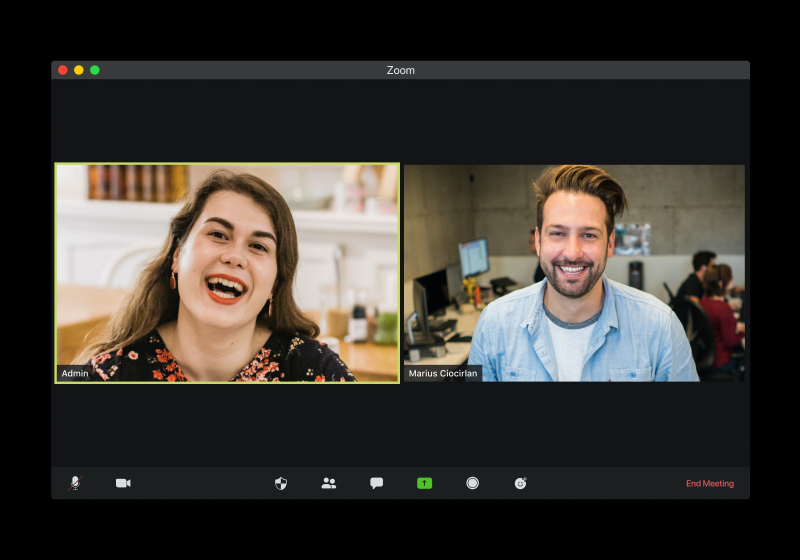Followers of the Extreme Presentation method will know that the key to avoiding "Death by PowerPoint" is understanding the idea of presentation style. There are two basic styles, which we call Ballroom and Conference Room style (based on where each type was most commonly delivered — at least in a pre-COVID world).
Ballroom style presentations are designed to be delivered to a large audience, such as in a hotel ballroom. They have rich visuals and minimal text. Their purpose is to inform or entertain large audiences — and no more. They are not very effective at persuading audiences to take action.
Why not? Research shows* that if you want to persuade, you have to deliver the relevant details. Ballroom style slides, because of their simplicity, usually cannot contain sufficient details to persuade.
Conference Room style presentations are highly effective at persuading. They have extensive — but always relevant — detail. Since they have lots of detail, you have to make sure that each slide passes the Squint Test: when you squint at the slide, so that the text is blurred and illegible, are you still able to grasp what the main message of the slide is likely to be about? If yes, then the slide passes the Squint Test. (If no, then redesign your slide!)
Conference Room style presentations should be distributed: either handed out or emailed in advance. Why? Research indicates* that the best form of persuasion is "self-persuasion," where your audience talks themselves into doing what you're asking them to do. Interactivity between presenter, audience, and content is essential here.
Audiences appear to be more comfortable interacting with you and with your content when they hold your content in their hands: they can mark up your content, flip back to check something before asking you a question, read ahead if they're getting it, etc. Most presenters are reluctant to share their decks in advance because of the sense of losing control, but if it helps your audience engage with your content, then it’s worth it. (More on the issue of control below.)
What does all this mean for online delivery of presentations? As we know only too well by now, it’s much harder to engage your audience when presenting online. There is so much more to distract your audience: email, texts, technical difficulties, other pressing priorities, children and pets. And sometimes all of these at once.
If your purpose is to inform or entertain a large audience, then a Ballroom Style presentation, live-streamed, is appropriate. But if your purpose is to get someone to do something — to agree to your proposal, to buy from you, to fund you — then you're trying to persuade, online, and so you need to use a Conference Room style presentation.
And here's how you do that on Zoom, or Google Meet, or whatever system you use. Email your Conference Room style presentation to your audience in advance, and tell them to follow along on their copy. They could print it out, or just view on their screen or their tablet. Printing or tablet works better, because it allows them to make notes on your presentation.
During your presentation, you'll share each new slide on the screen for a few seconds so that they'll know which slide you're on, and then stop sharing and let them follow along on their own copy. Why? Because you want them to interact with your presentation, write on it, flip pages, and not just stare at the screen while you speak. And because you want to watch them as you speak, not stare at your own slides. You want to observe their body language — are they following you, are they buying in, or are you losing them?
We're afraid to hand out our presentation decks in advance because we like the sense of control that sharing our screen and deciding when to move to the next slide gives us (in the same way that in the pre-COVID world we loved to hold that clicker). But that’s just an illusion of control. You never do control what the audience is actually doing, or thinking. So give up that illusion of control, hand over the deck, stop sharing your screen and look at your audience instead, and what you'll get in return is the reality of true engagement with them. And that's going to lead to persuasion.
If you’re interested in learning more about Conference Room Style presentations, try out the free preview of the Extreme Presentation online course.
For more details on Conference Room style slides, see this interview with Geetesh Bajaj of Indezine.
*For details on the research I refer to in this post, see my book Advanced Presentations by Design: Creating Communication that Drives Action.
